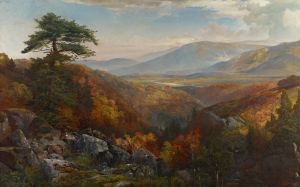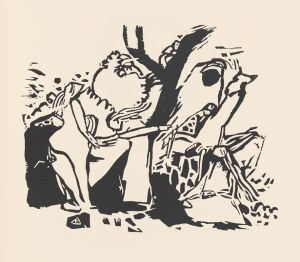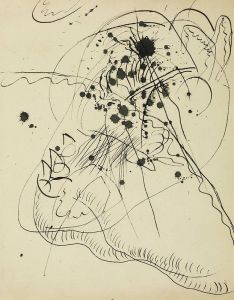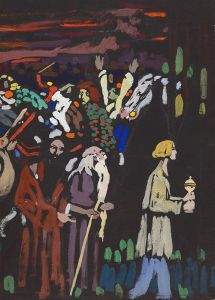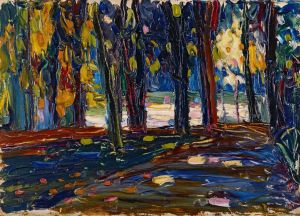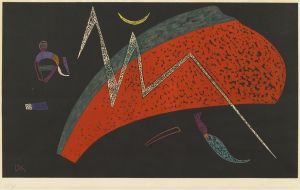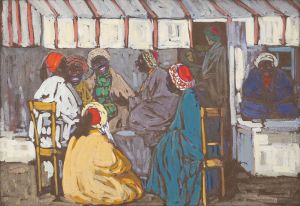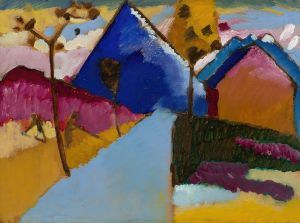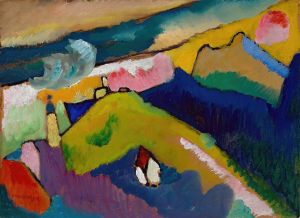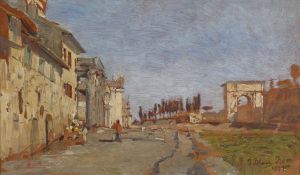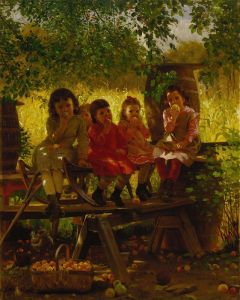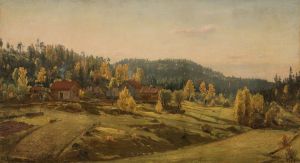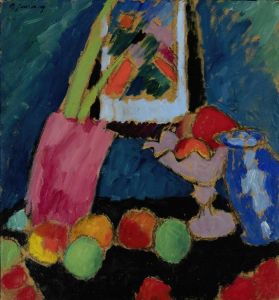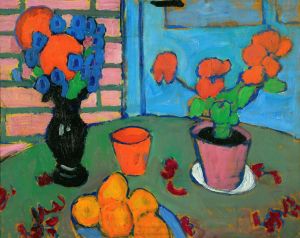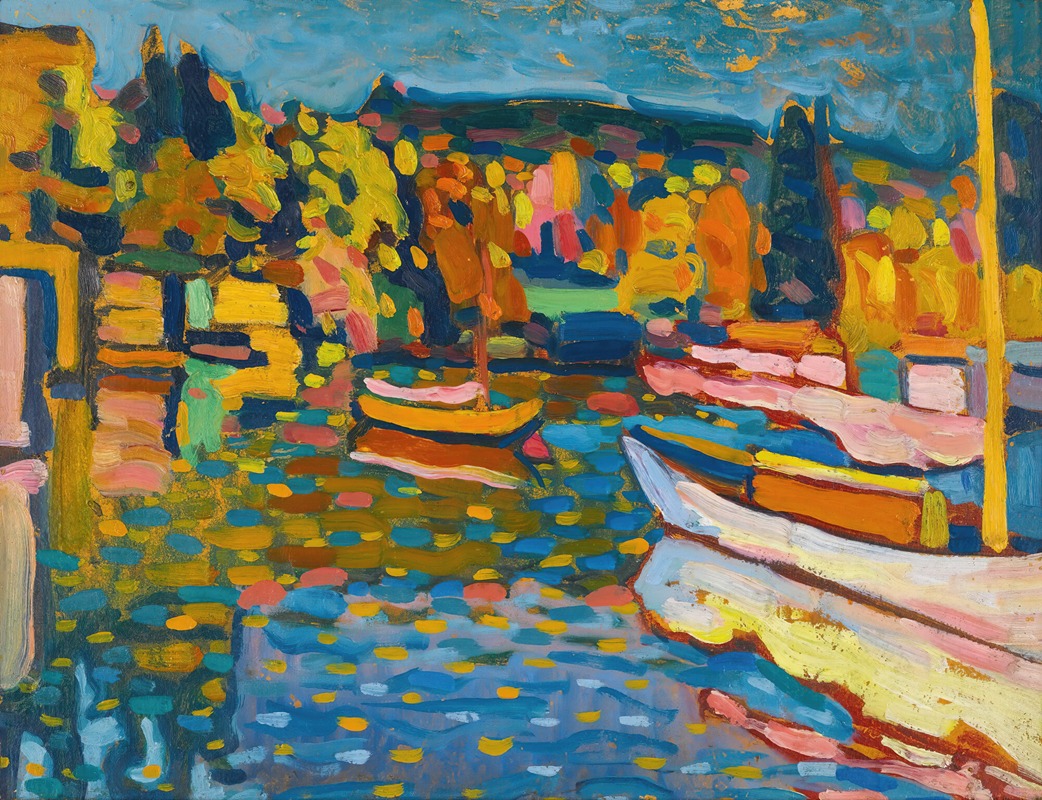
Study For Autumn Landscape With Boats
A hand-painted replica of Wassily Kandinsky’s masterpiece Study For Autumn Landscape With Boats, meticulously crafted by professional artists to capture the true essence of the original. Each piece is created with museum-quality canvas and rare mineral pigments, carefully painted by experienced artists with delicate brushstrokes and rich, layered colors to perfectly recreate the texture of the original artwork. Unlike machine-printed reproductions, this hand-painted version brings the painting to life, infused with the artist’s emotions and skill in every stroke. Whether for personal collection or home decoration, it instantly elevates the artistic atmosphere of any space.
"Study For Autumn Landscape With Boats" is a painting by Wassily Kandinsky, a pioneering Russian painter and art theorist. Kandinsky is often credited with painting one of the first purely abstract works. He was a leading figure in the development of abstract art and a key member of the Blue Rider (Der Blaue Reiter) movement, which he co-founded with Franz Marc in 1911.
The painting "Study For Autumn Landscape With Boats" was created in 1908, during a period when Kandinsky was transitioning from representational art to abstraction. This work is an excellent example of his evolving style, which increasingly emphasized color and form over realistic representation.
In "Study For Autumn Landscape With Boats," Kandinsky employs a vibrant palette that captures the essence of autumn. The painting features a landscape scene with boats, likely set in the Bavarian countryside where Kandinsky spent considerable time. The composition is characterized by bold, expressive brushstrokes and a dynamic use of color, which would become hallmarks of Kandinsky's later abstract works.
The painting reflects Kandinsky's interest in the emotional and spiritual effects of color and form. He believed that art should transcend mere representation and evoke deeper emotional responses. This philosophy is evident in "Study For Autumn Landscape With Boats," where the interplay of colors and shapes creates a sense of movement and energy, inviting viewers to experience the scene on an emotional level.
Kandinsky's work during this period was influenced by his exposure to various artistic movements, including Impressionism, Fauvism, and Symbolism. He was particularly inspired by the works of Claude Monet, whose use of color and light had a profound impact on Kandinsky's approach to painting. Additionally, Kandinsky's interest in music, especially the compositions of Richard Wagner and Arnold Schoenberg, played a significant role in shaping his artistic vision. He often drew parallels between music and painting, viewing both as means of expressing the inner world of the artist.
"Study For Autumn Landscape With Boats" is an important work in Kandinsky's oeuvre, as it marks a critical point in his journey towards abstraction. The painting demonstrates his growing confidence in using color and form to convey emotion and his willingness to break away from traditional artistic conventions.
Kandinsky's contributions to the art world extend beyond his paintings. He was also a prolific writer and theorist, authoring several influential texts on art theory, including "Concerning the Spiritual in Art" (1911) and "Point and Line to Plane" (1926). These writings articulated his belief in the spiritual and emotional power of art and provided a theoretical framework for his abstract works.
Today, "Study For Autumn Landscape With Boats" is recognized as a significant work in the history of modern art. It exemplifies Kandinsky's innovative approach to painting and his commitment to exploring new artistic possibilities. The painting is held in high regard by art historians and continues to be studied and admired for its contribution to the development of abstract art.





